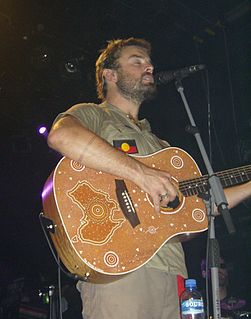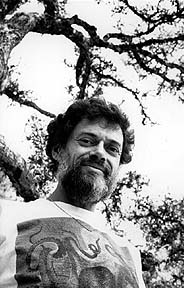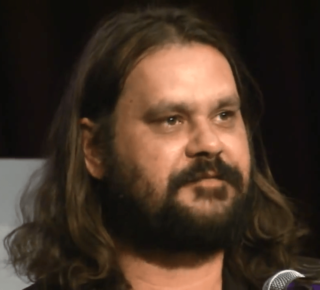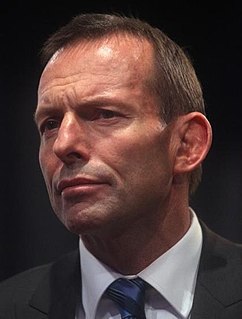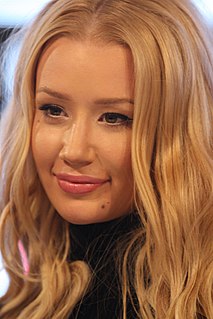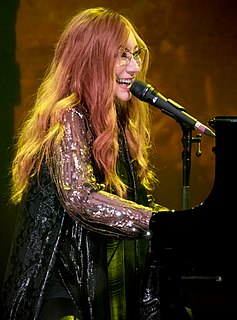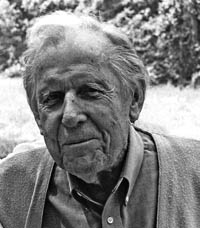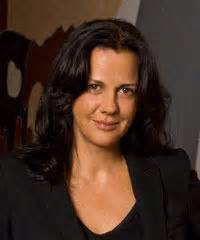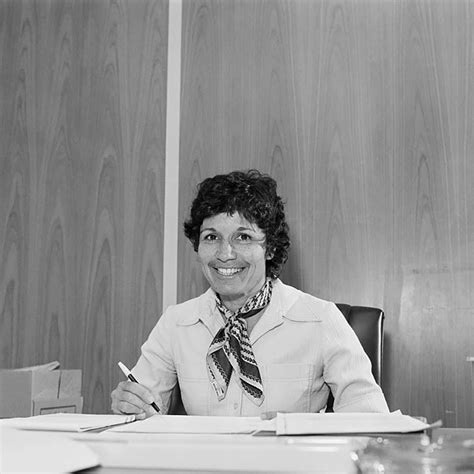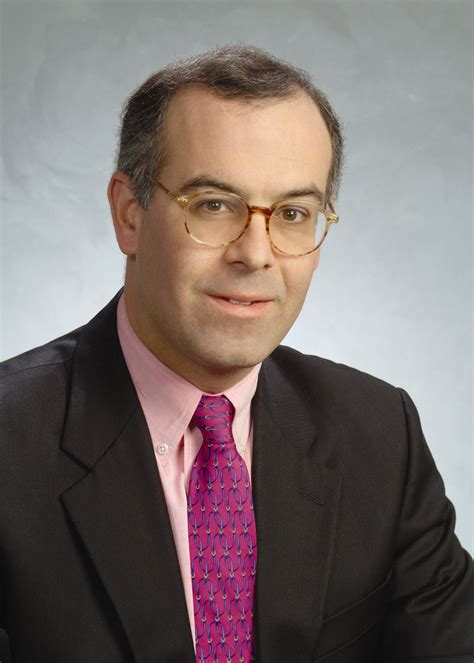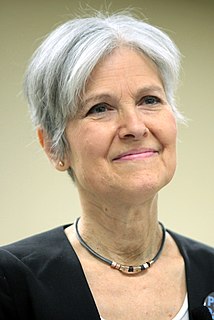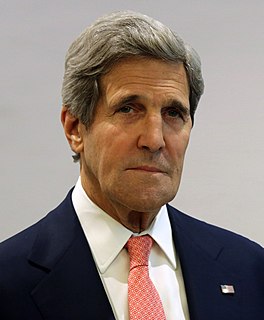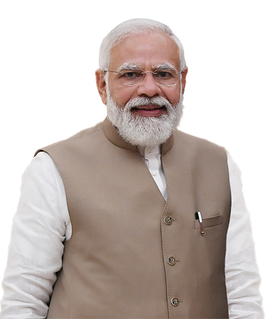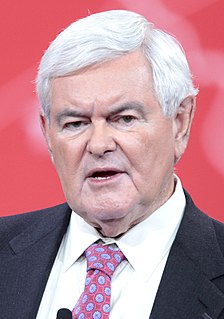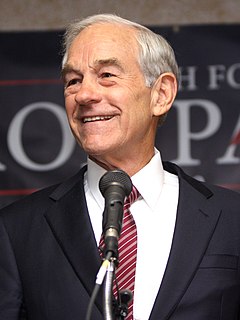A Quote by Paul Keating
At its best, Aboriginal art has been effective in translating an entire culture and the understanding of an entire continent. Indeed, the more we interpret Australia through Aboriginal eyes, through the experience of their long and epic story, the more we allow ourselves to understand the land we share.
Related Quotes
I want to keep educating the world on the Aboriginal and Torres Strait Islander culture. It's who I am. It's what I know - even more than basketball. To be able to promote it or educate it or teach it in a way, whether it's through cultural centers or dancing or art or anything like that, I think is what I would want to do.
In Western Australia, minerals are being dug up from Aboriginal land and shipped to China for a profit of a billion dollars a week. In this, the richest, 'booming' state, the prisons bulge with stricken Aboriginal people, including juveniles whose mothers stand at the prison gates, pleading for their release. The incarceration of black Australians here is eight times that of black South Africans during the last decade of apartheid.
My family came to Australia on the First Fleet. My family’s been in that country for a long time, over 100 years. If your family’s lived in Australia for a long time, everyone has a little bit of [Aborigine blood]. I know my family does because we have an eye condition that only Aboriginal people have.
Both education and religion need to ground themselves within the story of the universe as we now understand this story through empirical knowledge. Within this functional cosmology, we can overcome our alienation and begin the renewal of life on a sustainable basis. This story is a numinous revelatory story that could evoke the vision and the energy required to bring not only ourselves but the entire planet into a new order of magnificence.
Lately I've been falling asleep listening to 'Common One' by Van Morrison, specifically the song 'Summertime in England.' It's 15 minutes long, so to make it through the entire song is a real task unto itself, but Van has that emotional payoff that makes even his most tiresome songs more powerful than most people's entire catalog.
So what is the Dreaming? I would say the Dreaming is a non-indigenous term used in its broadest sense to describe the stories of our ancestors and how they shaped the land and how they are still part of the land... Across Aboriginal Australia there are as many different terms for Dreaming as there are language groups


